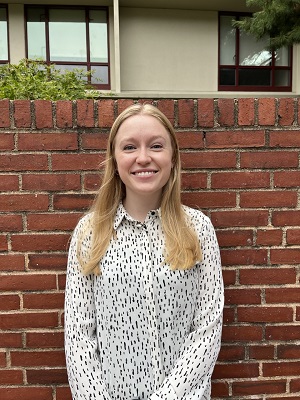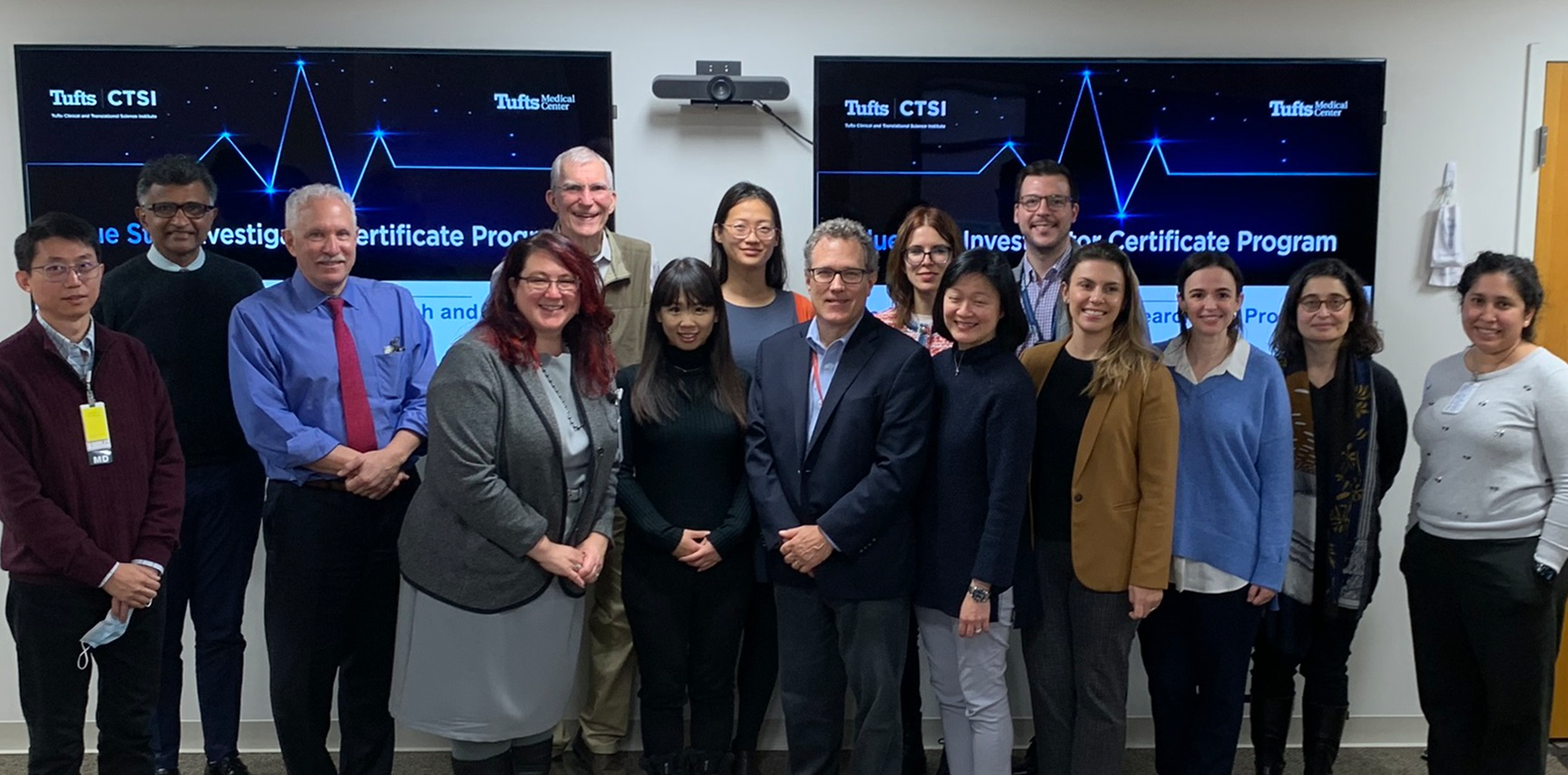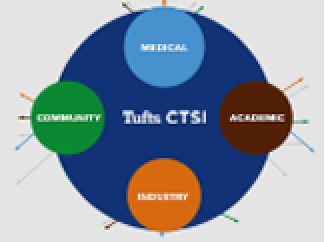Tissue engineering was the focus of October 11, 2012’s Tufts CTSI regulatory seminar on intellectual property. Scientific, technical, and legal experts from Tufts and Northeastern University gathered for an afternoon of lively discussion on patents, combination products, and the future of engineered human tissues.
Stephen F. Amato, PhD, MBA, RAC, Head of Faculty for Global Regulatory Affairs at Northeastern University, spoke about combination products, which package multiple regulated components like a drug and a device (for example: a nicotine patch). Combination products involve components that would normally be regulated by different FDA centers (the Center for Biologics Evaluation and Research, the Center for Drug Evaluation and Research, and the Center for Devices and Radiological Health). The FDA’s Office of Combination Products was created in 2002 to alleviate regulatory, policy, and review management issues, but a lengthy identification and approval process remains. Given this uncertain timeline, researchers may find it challenging to meet the deadlines associated with the limited life of their pending patents.
“The FDA continues to streamline their operational processes and continues to draft and put in place guidance documents to assist manufacturers in the combination product pre-approval process,” said Dr. Amato. “As these factors continue to evolve, we can expect FDA approval times to shorten over the long-term.”
Martin Son, CLP, from Tufts University’s Office for Technology Licensing and Industry Collaboration, described that office’s role in making Tufts inventions and discoveries available for public benefit. He reviewed the four forms of intellectual property protection (patent, trademark, copyright, and trade secret), then outlined the criteria for an invention’s patentability: it must be useful, novel, non-obvious, and it must generally not have been previously disclosed to the public. He cautioned, “Public disclosure of an invention, such as in a paper, website, or conference abstract, may adversely impact patentability of that invention. Tufts inventors are strongly encouraged to contact our office early to consider whether to file a patent application before they publicly disclose an idea.”
Mr. Son also spoke about the income generated by patent and commercialization activities at Tufts University. Tufts University inventors notably receive 40% of the net income generated by their products.
Jonathan Garlick, DDS, PhD, Professor of Oral and Maxillofacial Pathology at the Tufts University School of Dental Medicine, described his personal experience with ethical, political and societal concerns that inform intellectual property issues related to commercialization of stem cell-based technologies. A self-proclaimed “skin guy,” Dr. Garlick spoke about the superior effectiveness of developing three dimensional, human tissue models for drug screening that are more predictive of human drug responses when compared to many animal models. He also reviewed the ethical and policy constraints that are impacting several novel sources of human stem cells.
All of the presenters agreed that the future of the commercialization of tissue alternatives and combination products is uncertain, particularly given complex issues of timing, policy, and ethics. Tufts University and Tufts Medical Center researchers interested in pursuing patents and commercialization are encouraged to visit http://techtransfer.tufts.edu to learn more.



